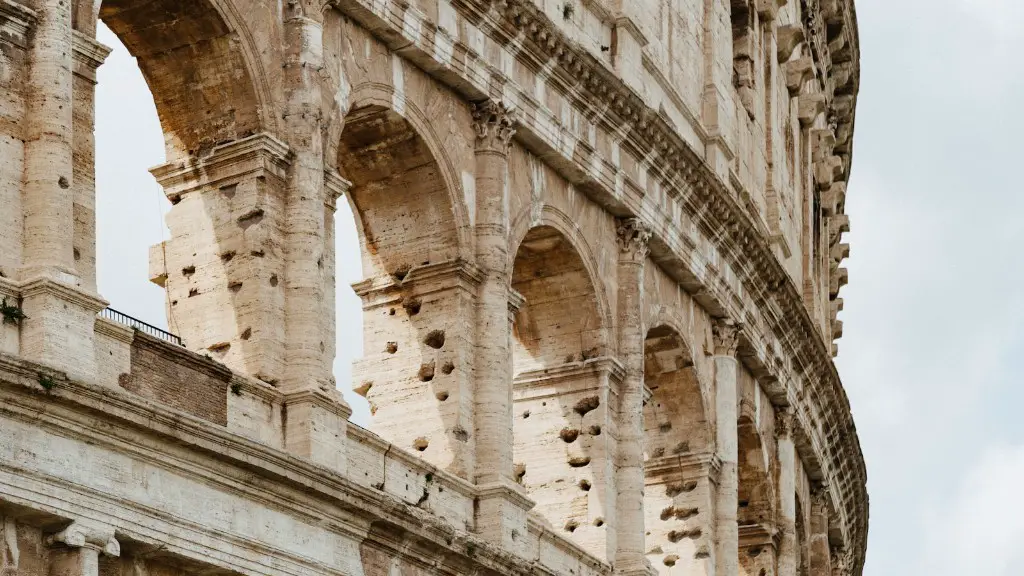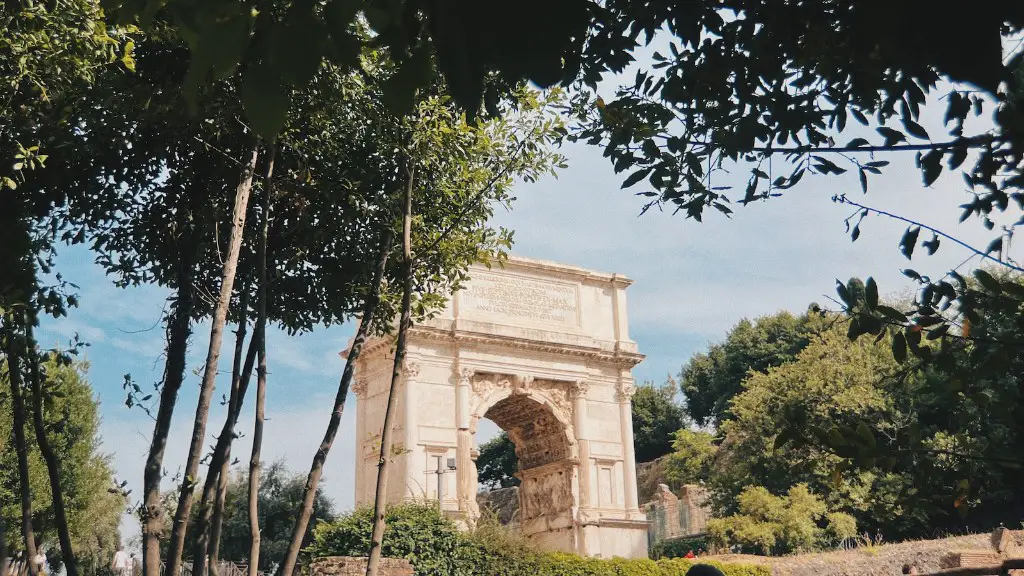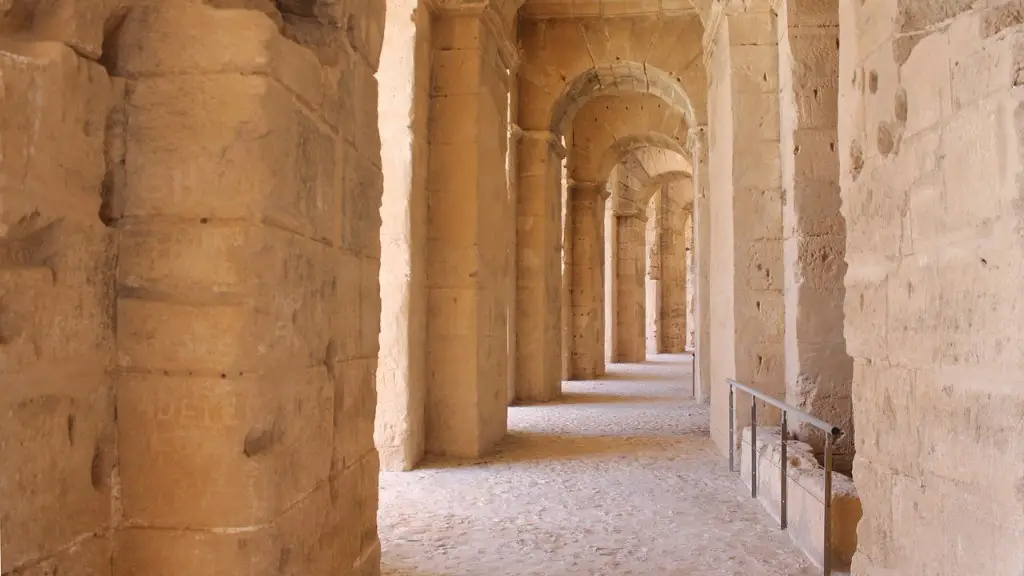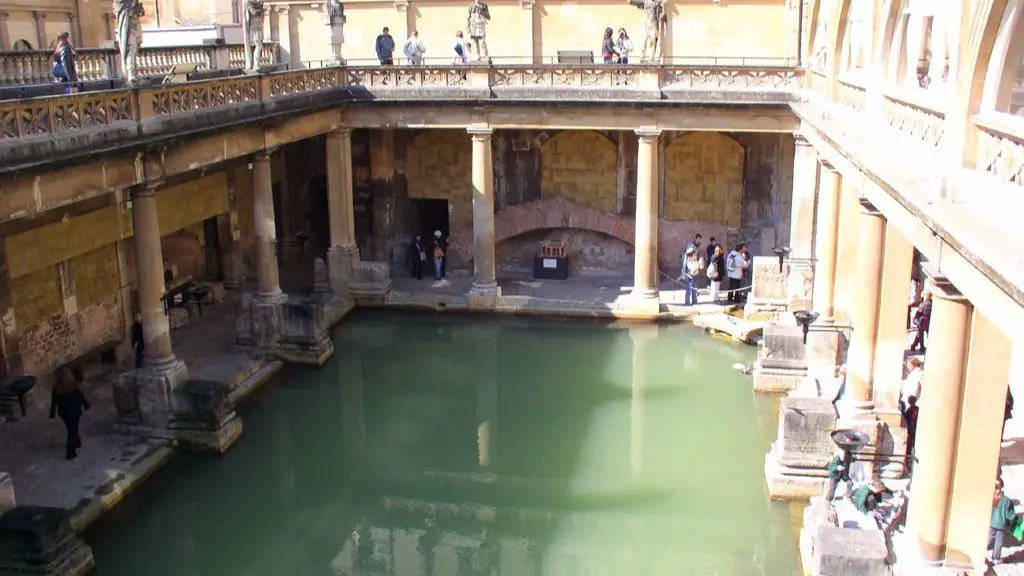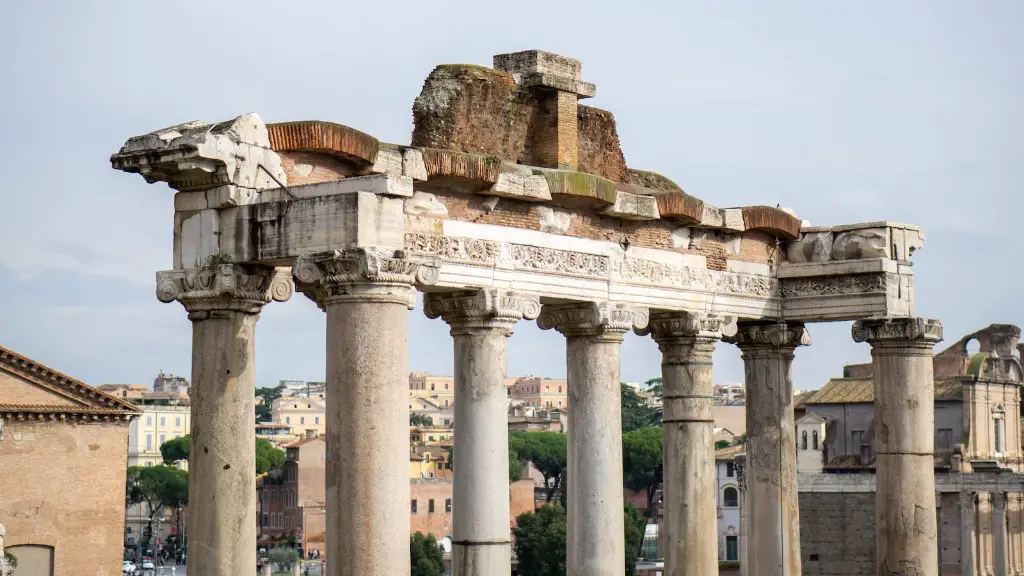A villa in ancient Rome was a self-sufficient country estate that consisted of luxurious grounds and buildings. The villa owner and their family would live in one part of the villa, while the rest was used for farming, storage, and other purposes. Many ancient Roman villas were built in beautiful locations, such as by the sea or in the countryside.
Villas were private country homes in ancient Rome. They were usually built on large pieces of land with their own gardens, pools, and other amenities. The Roman elite would often retire to their villas in the countryside to escape the heat and noise of the city.
What is in a Roman villa?
Roman villas were large, luxurious homes that were built by the wealthy. They typically had multiple rooms, including servants’ quarters, courtyards, baths, pools, storage rooms, exercise rooms, and gardens. Roman villas also had modern comforts such as indoor plumbing and heated floors.
A villa is a type of house that is typically found in a rural or suburban setting. It is usually larger than a standard house and may include features such as a swimming pool, tennis court, or guest house.
What were Roman villas called
Pliny the Elder was a first-century Roman historian and philosopher. In his work, he divided villas into two categories: the villa urbana and the villa rustica. The villa urbana was a country seat that could be reached from Rome (or another city) for a night or two. The villa rustica, on the other hand, was a farmhouse estate that was permanently occupied by the servants who had charge of the estate.
Roman villas were typically large homes that were built for wealthy families. The size of the villa depended on when it was built and the wealth of the owner. On average, a Roman villa would include around 9,000 square feet of living space. However, there are many examples of much larger villas. For example, the villa of Durreueli at Realmonte, Sicily, covered 54,000 square feet.
Do any Roman villas still exist?
It’s amazing to think that some Roman houses are still in use today, over 2,000 years after they were built! It just goes to show how well-made and durable they were, and how they’ve stood the test of time. It’s a shame that so many of them are in ruins now, but it’s great to know that some are still being used and enjoyed.
Most of the population of the Roman Empire lived in the countryside. Roman villas were rural and most of them were designed for agricultural, livestock or industrial work, ie they had economic purposes derived from their agricultural use.
What does villa mean in history?
A villa is a large and luxurious country estate, complete with a main house, grounds, and subsidiary buildings. The term villa particularly applies to the suburban summer residences of the ancient Romans and their later Italian imitators. In Great Britain, the word has come to mean a small detached or semidetached suburban home.
A villa is a resort accommodation that is not a hotel, not a home, and not an apartment building or condo. It is used to describe a class of resort accommodation that is not a hotel, not a home, and not an apartment building or condo.
What describes a villa
A villa in American English is a country residence or estate. It can also be any imposing or pretentious residence, especially one in the country or suburbs maintained as a retreat by a wealthy person.
The Roman atrium was the central room of a house.Leading off the atrium were cubicula (bedrooms), a dining room triclinium where guests could eat dinner whilst reclining on couches, a tablinum (living room or study), and the culina (Roman kitchen) On the outside, and without any internal connection to the atrium, were tabernae (shops facing the street).
Why is it called villa?
A villa is a country house which is typically Italian in origin. The word ‘villa’ comes from the Latin word ‘villa’, meaning ‘country house’. Villas are often luxurious properties, and they are often found in rural areas.
They often only contained one or two rooms. This was common in older houses, especially in rural areas. The rooms were usually small and simple, with few furnishings.
How much did a Roman villa cost
It is amazing the lengths to which people will go to show off their wealth. In ancient Rome, some people built houses that were so large and so full of art that they cost millions of denarii. This is the equivalent of tens of millions of dollars today. Obviously, only the very wealthy could afford such ostentatious displays.
Hadrian’s Villa is an extremely large villa that was owned by a Roman Emperor. The size of the villa is a great evidence of the wealth and power that the emperor had. The villa has been acknowledged by UNESCO as a World Heritage site since 1999. The villa is a great example of Roman architecture and it is definitely worth a visit if you are interested in Roman history.
How were Roman villas heated?
A hypocaust is a Heating system that uses a furnace to force heat into a series of hollow chambers between the ground and the floor, and up pipes in the wall, heating the rooms. It is considered the world’s first central heating.
Private toilets were found in upper class Roman houses in the city of Pompeii. These toilets were located in the kitchen or near the kitchen area. They were also found in some apartments in Pompeii. The toilets were made of stone and had a seat and a bowl. There was also a private latrine next to the kitchen at the Pompejanum in Germany. This latrine was an idealized replica of a Roman villa.
Final Words
A villa was a country house in ancient Rome, typically owned by a wealthy family. Villas were large and luxurious, with beautiful gardens and ornate architecture. They were often built near the sea or in the country, so that the owners could escape the heat and noise of the city.
A villa in Ancient Rome was a country house or estate that was usually owned by the upper class. It was a place where the family could go to escape the heat and noise of the city. The villa was often surrounded by gardens and had its own private baths.
